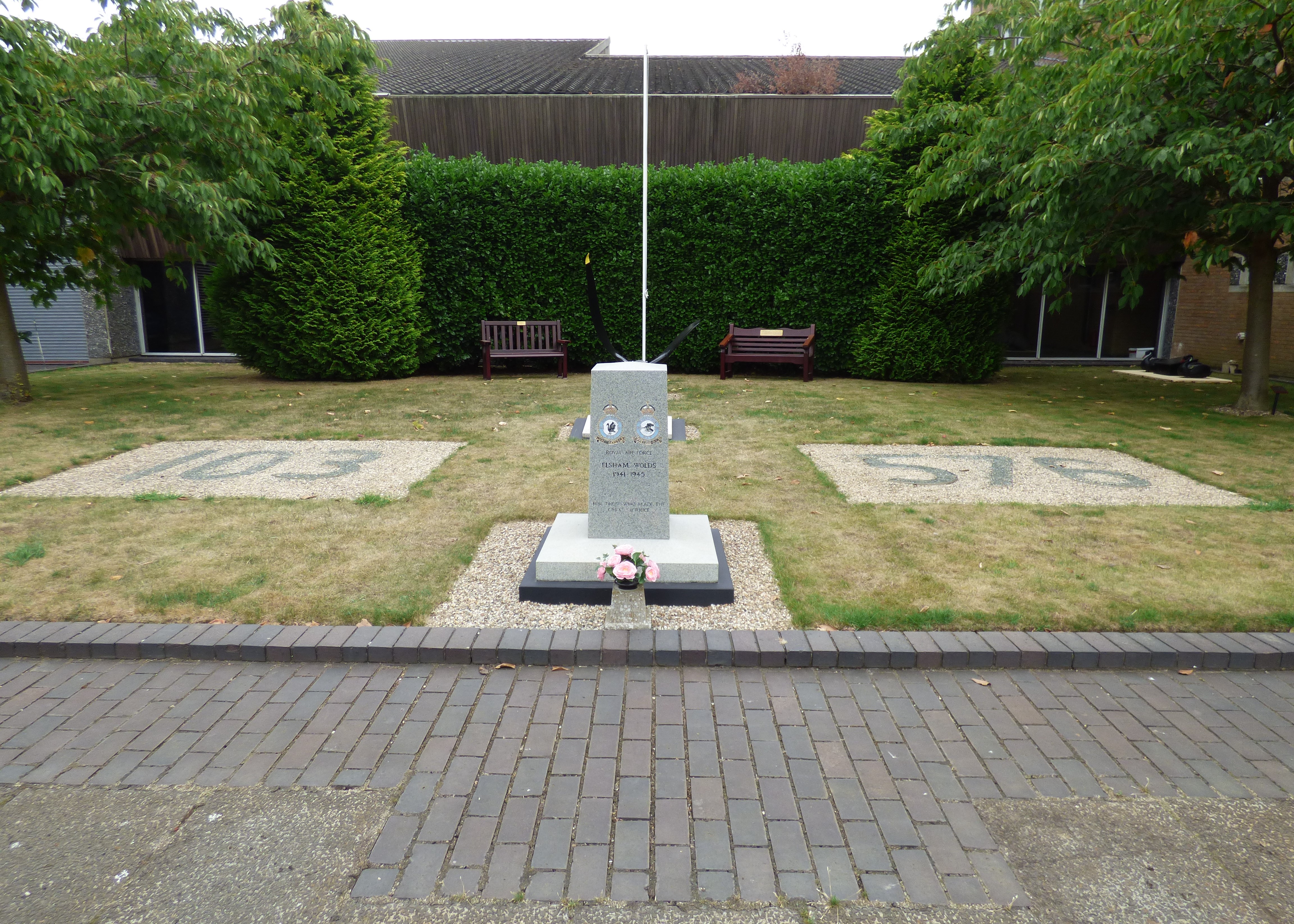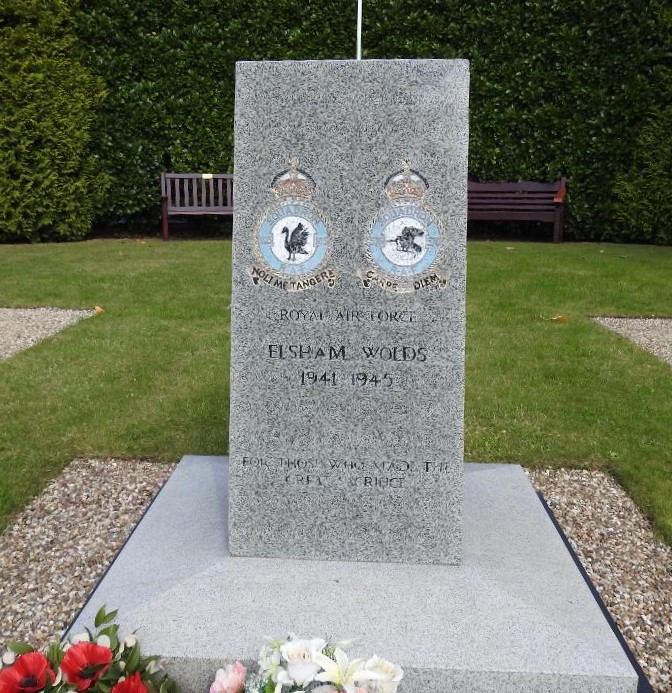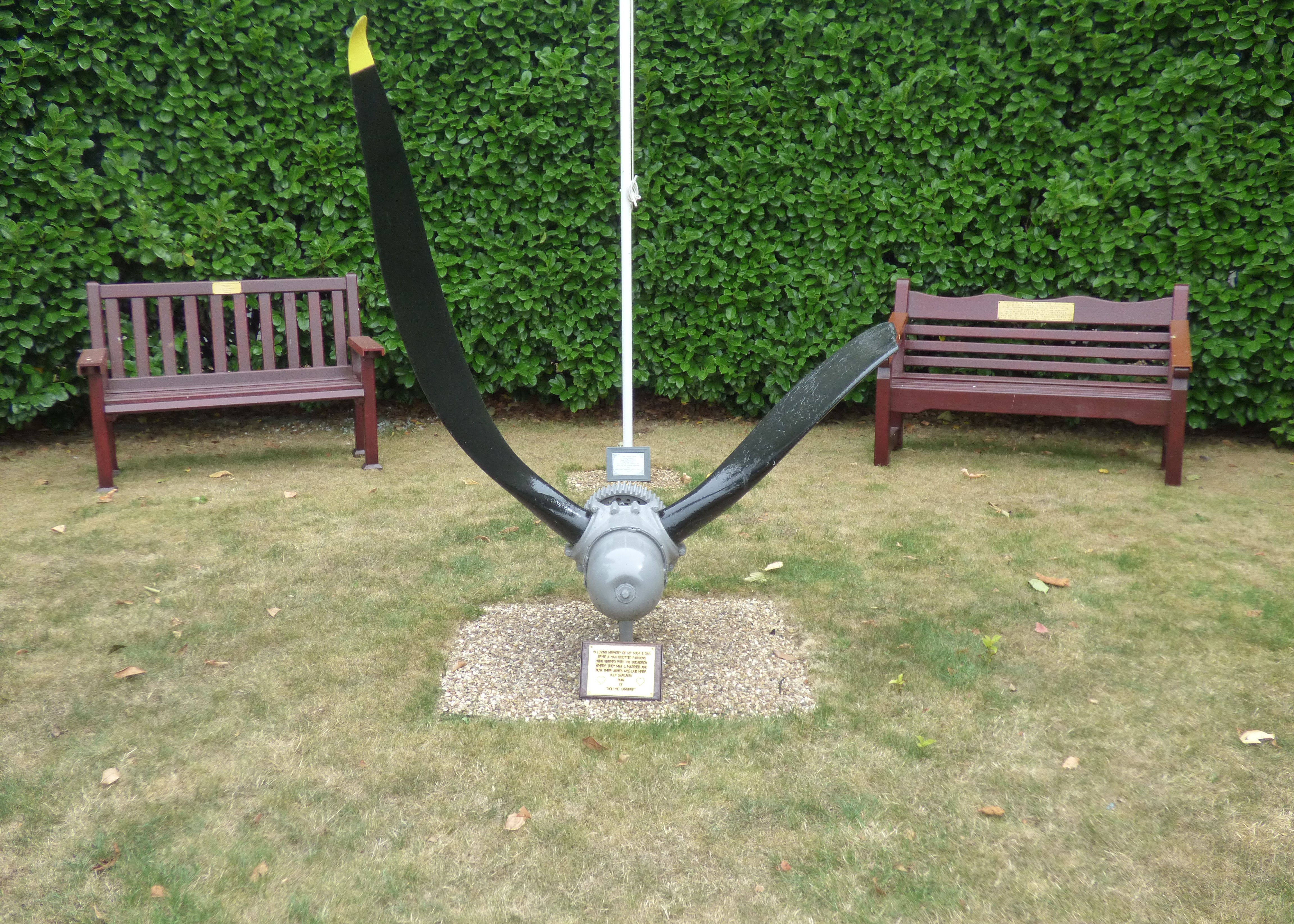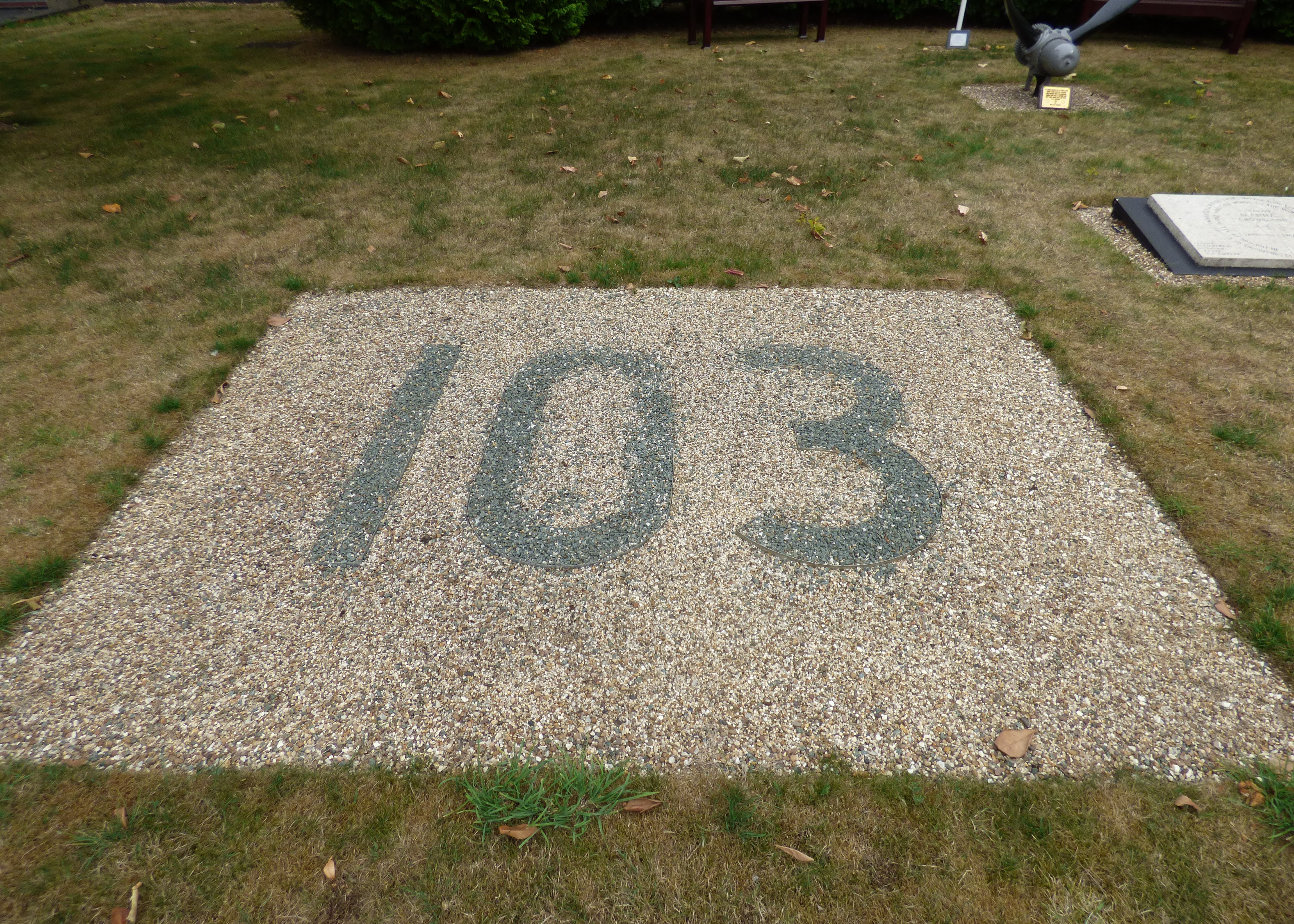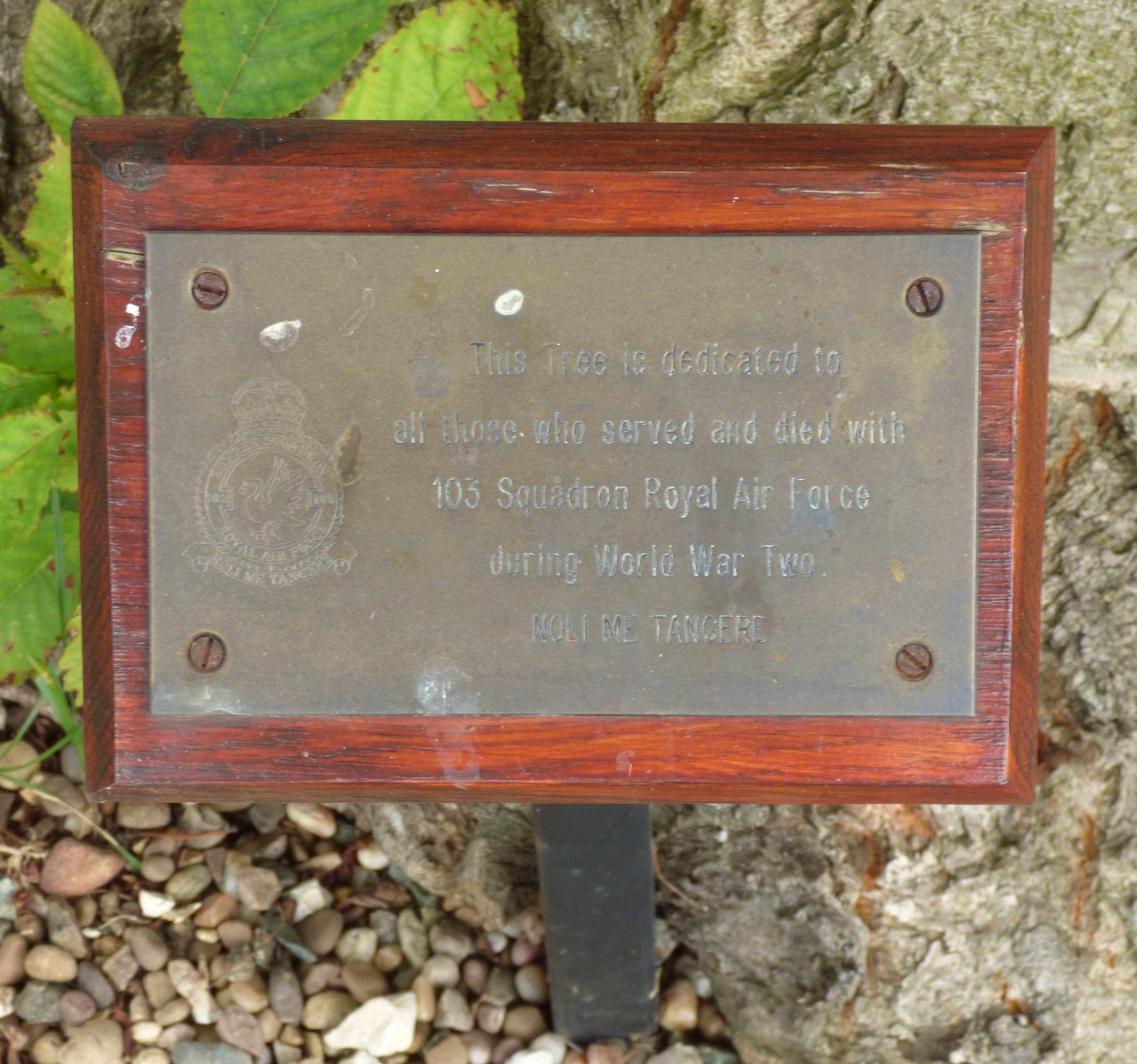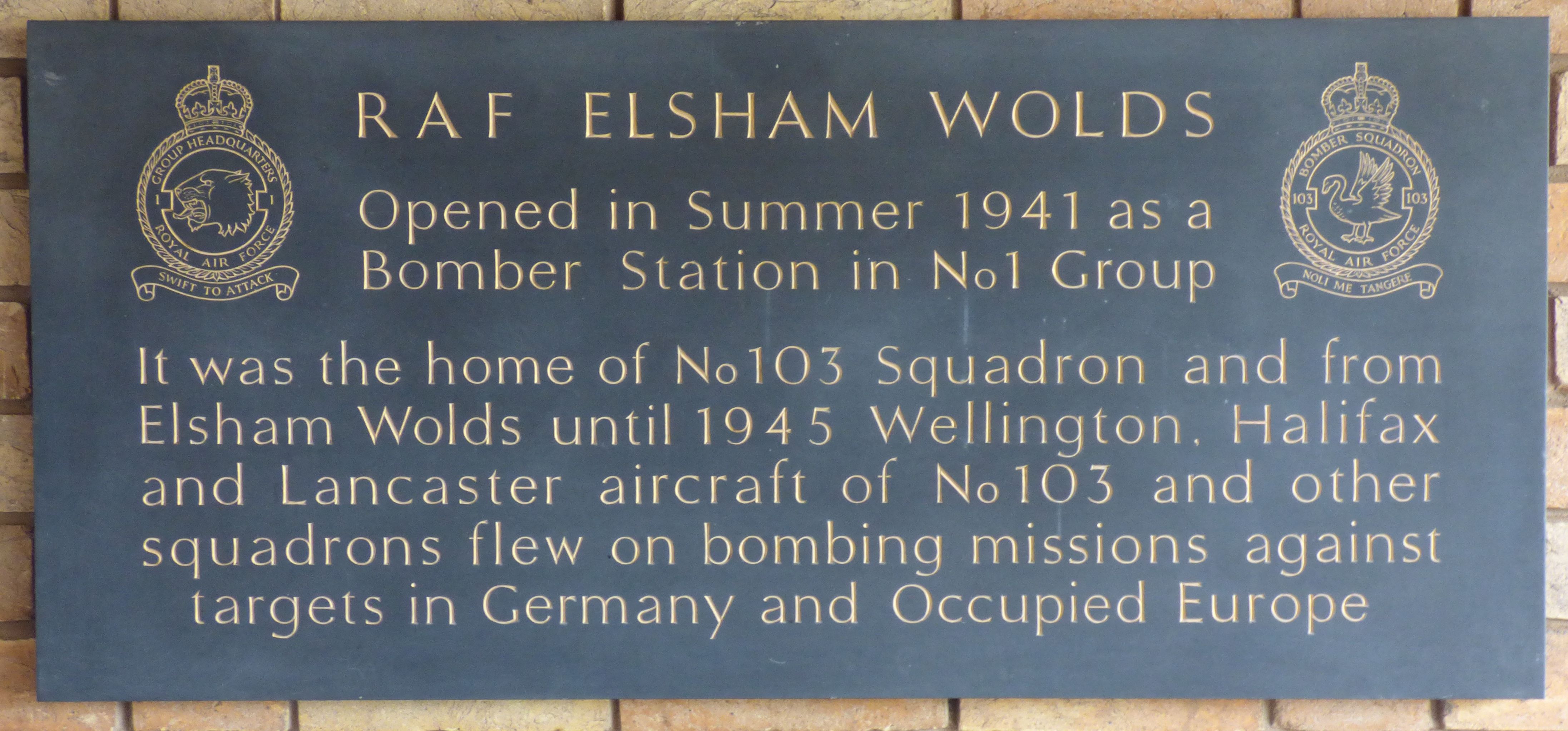Vickers, John Henry
Personal Information
| Rank | Sgt |
| Forename(s) | John Henry |
| Surname | Vickers |
| Gender | M |
| Age | 24 |
| Decorations | MM |
| Date of Death | 05-10-1939 |
| Next of Kin | Son of Henry Guy and Gertrude Vickers. Husband of Peggy Vickers, of Withernsea, Yorkshire. |
Aircraft Information
| Aircraft | Fairey Battle I |
| Serial Number | K9271 |
| Markings | PM- |
Memorial Information
| Burial/Memorial Country | France |
| Burial/Memorial Place | Choloy War Cemetery |
| Grave Reference | 1A. B. 14. |
| Epitaph | THERE'S SOME CORNER OF A FOREIGN FIELD THAT IS FOR EVER ENGLAND" RUPERT BROOKE |
IBCC Memorial Information
| Phase | 2 |
| Panel Number | 257 |
Enlistment Information
| Service Number | 516606 |
| Service | Royal Air Force |
| Group | AASF |
| Squadron | 103 |
| Trade | Observer |
| Country of Origin | United Kingdom |
Other Memorials
| Location | Anglian Water Treatment Works, Elsham Wolds, Lincolnshire |
| Country | United Kingdom |
| Memorial Type | Inscribed Stone Pillar & Plaques |
| Memorial Text | Pillar : RAF Elsham Wolds, 1941-1945, For those who made the great sacrifice. Plaque :This tree is dedicated to all those who served with 103 Squadron Royal Air Force. Plaque : RAF Elsham Wolds, Opened in Summer 1941 as a bomber station in No1 group, it w |
Miscellaneous Information
| Sgt Vickers was critically injured and died from his injuries on 05/10/1939 |
| Fairey Battle K9271 claimed the first-ever RAF "kill" in combat on 27 September 1939. The victim was a Messerschmitt Bf109D-1 from JGr. 152. It was shot down by return fire during an attack on three No. 103 Squadron Battles by four Bf109D-1s from JGr.152 West of Hornbach and crashed near Bockweiler, at 12:30 hours. Gefreiter or Obergefreiter (sources differ on his rank) Josef Scherm was killed, the aircraft was a write off. Bf 109s had attacked just as the Battles had completed their mission to take oblique photographs along the Siegfried Line and turned for home. L/AC Summers had held his fire until the Bf 109 attacking his Battle had closed right in before giving it a burst from his Vickers GO gun, whereupon the 109 had fallen into a wood. For this feat, L/AC Summers was later awarded the Distinguished Flying Medal. An hour later, however, K9271 was first attacked by French Curtiss H-75s then severely damaged by Bf109s of JGr.152 during photo-reconnaissance over the frontier between Bouzonville and the Rhine. Due to the damage it sustained, it forced-landed on one wheel near Rohrbach at 13:40 hours. Flying Officer A. L. Vipan unhurt. Sergeant J.H. Vickers critically injured - died of wounds 5.10.39. A/C1 J. E. Summers unhurt. Aircraft K9271 "PM-G" of 103 Squadron was a write-off. |
Commonwealth War Graves Commission
The National Archives
Last Operation Information
| Start Date | 27-09-1939 |
| End Date | 27-09-1939 |
| Takeoff Station | Challerange |
| Day/Night Raid | Day |
| Operation | Photo-reconnaissance over the frontier between Bouzonville and the Rhine |
| Reason for Loss | T/O 27/09/1939 Forced landing on one wheel at a airfield near the Maginot line after being shot by a Me 109s |
